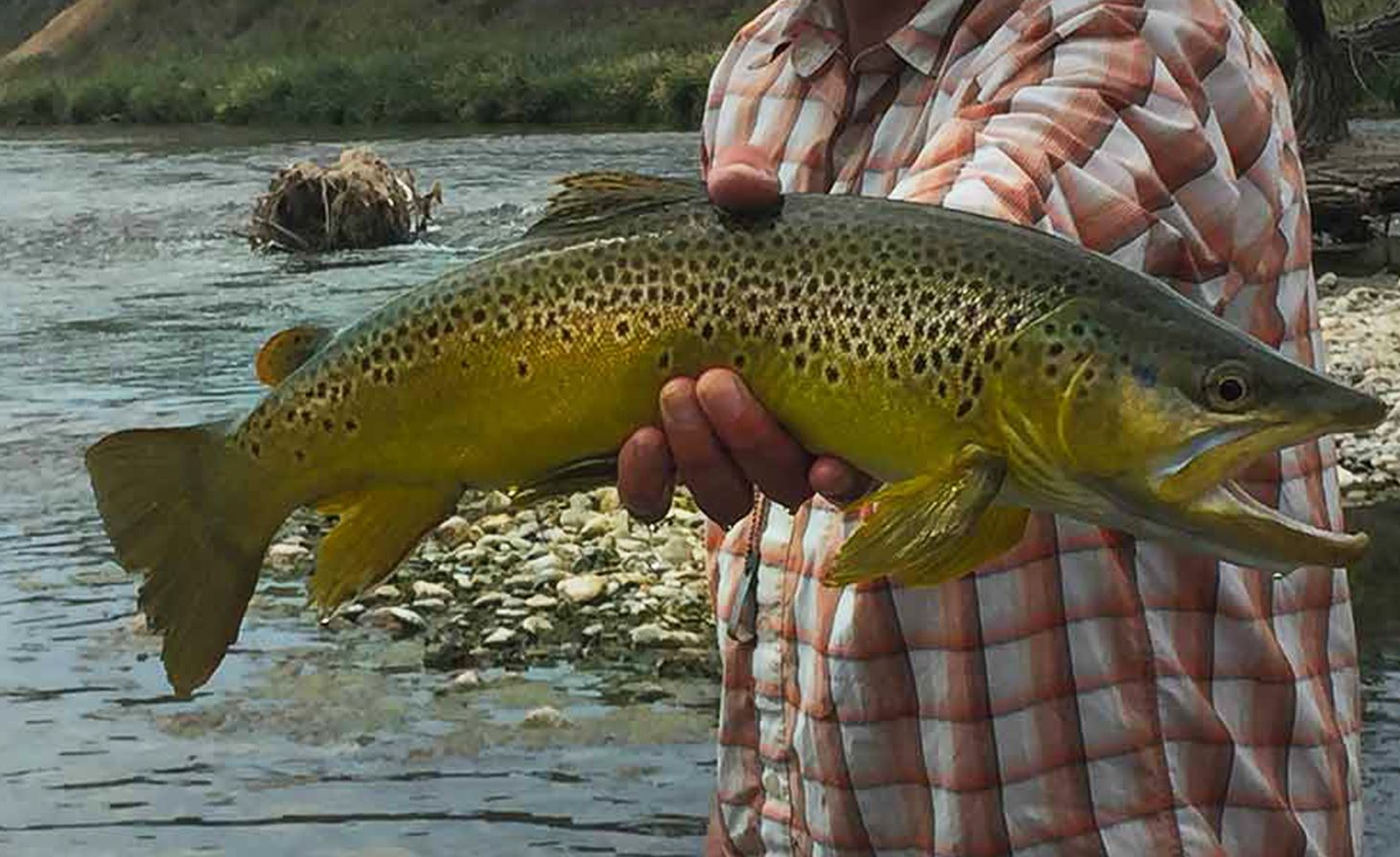 This year the Bighorn River basin has received an incredible amount of snow, which of course means the potential for high water. So far it’s shaping up to be that way. The current lake elevation is already 3630.2 feet. The average elevation this time of year is typically 3,611.3 feet. The water is coming into the lake at 3899 cubic feet per second and the mountain snow pack is 142% of average and rising. What this means is that we’ve got a lot of water already and there is still more coming!!
This year the Bighorn River basin has received an incredible amount of snow, which of course means the potential for high water. So far it’s shaping up to be that way. The current lake elevation is already 3630.2 feet. The average elevation this time of year is typically 3,611.3 feet. The water is coming into the lake at 3899 cubic feet per second and the mountain snow pack is 142% of average and rising. What this means is that we’ve got a lot of water already and there is still more coming!!
Our excellent friends at the Bighorn River Alliance and Friends of the Bighorn are staying on top of it and working with the Bureau Of Reclamation to try and avoid catastrophic water flows. The current release to the Bighorn River is 5472. So if the inflow to the lake is 3899 and the outflow is 5472 it means the Bighorn River Alliance efforts are working!!! So far so good but there is still a very real chance for high water.
Traditionally in most rivers in Montana high water means muddy horrible fishing conditions. Remember the Bighorn River is a Dam released river meaning it rarely ever (basically never) gets muddy near the outflow of dam. On the bighorn this magical crystal clear fishing stretch of the river is a full 12 miles minimum below the dam before any tributaries will blow it out.
SO what does all of this mean for the fishing?
PRO: The clear fast moving water dislodges trout food from the bottom. Trout have to work harder to get fast moving food therefore they are hungry all the time. They hit harder and fight their hardest. THE FISHING IS INCREDIBLE in high water. It’s not uncommon to have 50+ trout days on the Bighorn in a high water situation. There are so many worms and large sow bugs being dislodged from the bottom that trout can’t resist. The high water also scours the moss from the bottom and in most cases the river fishes grass and moss free for a bit longer than a normal water year. Do not let the high water scare you. The bighorn trout bite is incredible in high water!! It truly is like nothing you will experience anywhere else in your trout fishing life.
CONS: Depending on when the high water is at it’s fiercest; it can dislodge the spawning Rainbow trout and their eggs from the spawning beds which can hurt the Rainbow trout population. The wade fishing is also very tough if not impossible. The high water doesn’t destroy the dry fly hatches, but it limits the places dry flies will pile up making it tougher for trout to target them. Trout will also switch eating preference to the huge numbers of worms and sow bugs being dislodged from the river bottom. It’s primarily a nymphing game. If you are not an experienced oarsmen than it is best to hire a guide in high water conditions because there is a lot more risk in rowing a river in high water than in normal river conditions. Extremely high water in excess of 12,000 cfs can damage property and re-arrange the river bottom.
The Bighorn River will more than likely have some stretch of high water this season so be prepared. Please don’t let it stop you from making your reservations, because the fishing in high water is dynamite. For 95% of the fishing guides on this river it’s not their first high water experience so it’s a guarantee you will have fun!
We’ll see you this spring!!
Forrester’s Bighorn River Resort
For the most up to date information on Bighorn River water data please visit the Friends of the Bighorn water data chart
